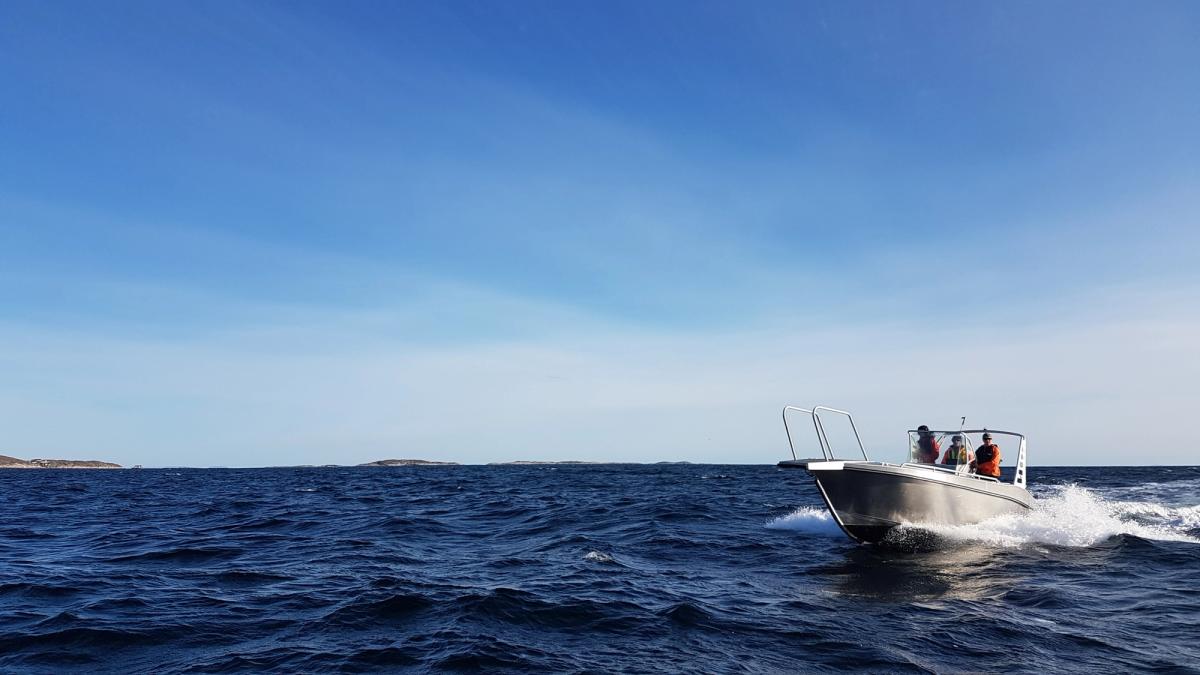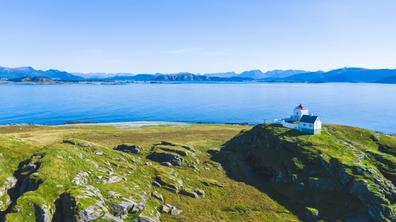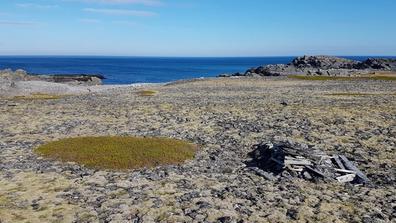The Aviation Act
When using drones during clean-up operations, it is important to be aware of the regulations. The drone operator is responsible for staying informed of the rules applicable at any time. If you do not comply with the applicable regulations, you could be liable for both fines and other sanctions.
All drone pilots with drones equipped with cameras that are heavier than 250 grams must register at the Civil Aviation Authority of Norway’s flydrone.no website.
You can learn more about the use of drones from the Civil Aviation Authority of Norway.
The Motorised Traffic Act
In wilderness and watercourses, motor traffic is generally not permitted courses unless special permission has been issued by an authorised authority. This also includes the use of helicopters.
Such permission may be granted by the local authority through local regulations or by application.
Motor traffic in wilderness may be necessary in connection with the transport of people, equipment, and waste, as well as in connection with the use of heavy machinery for clean-up activities. In such situations, it is important to check the local rules that apply and whether it is necessary to apply to the local authority for permission.






